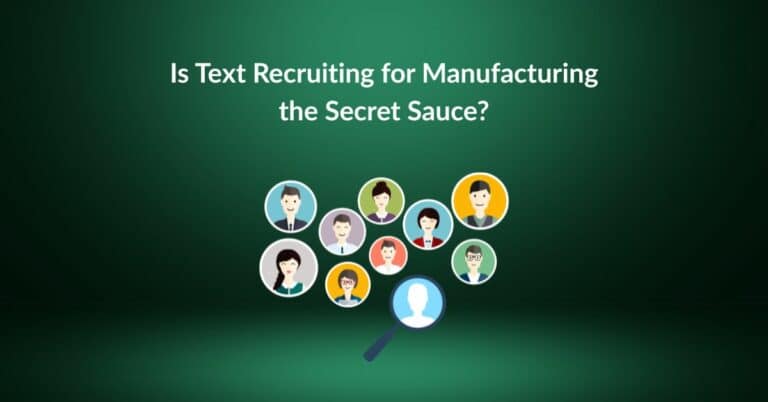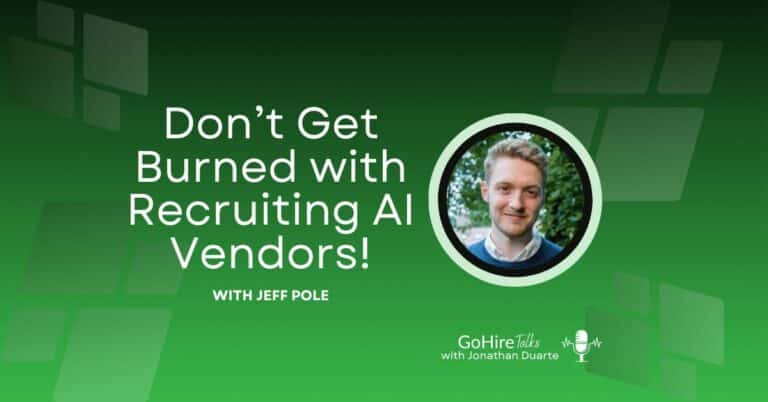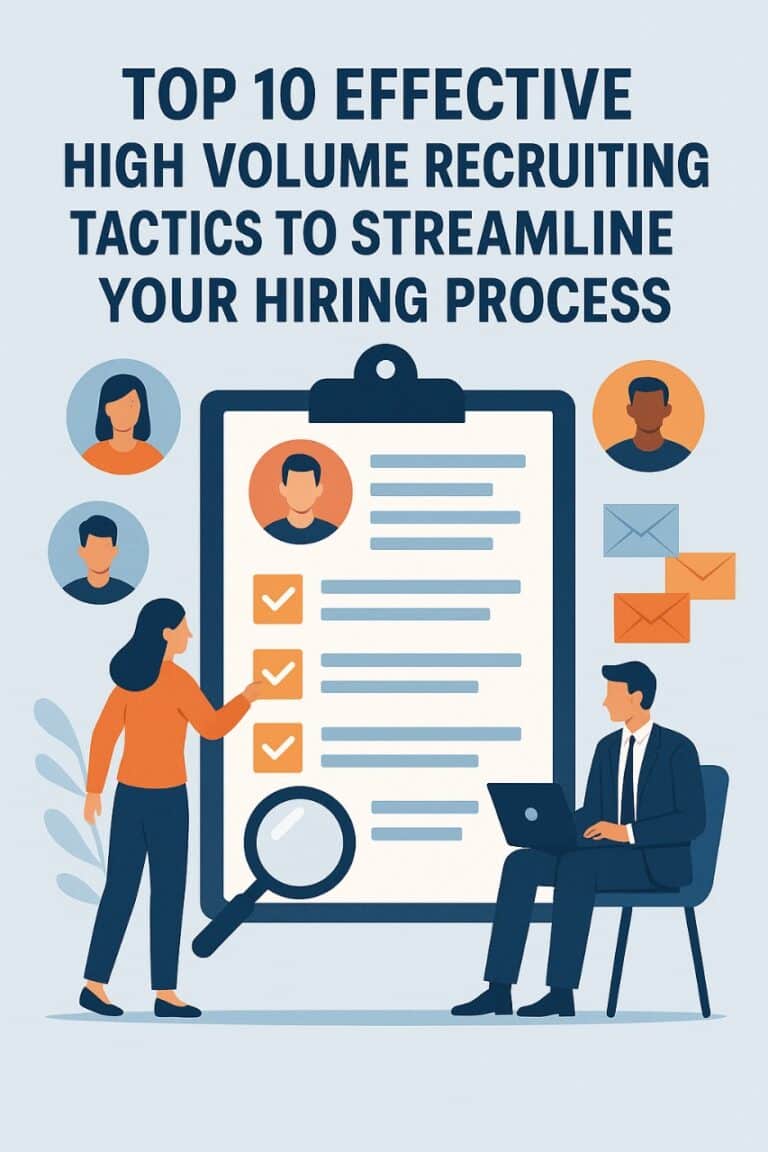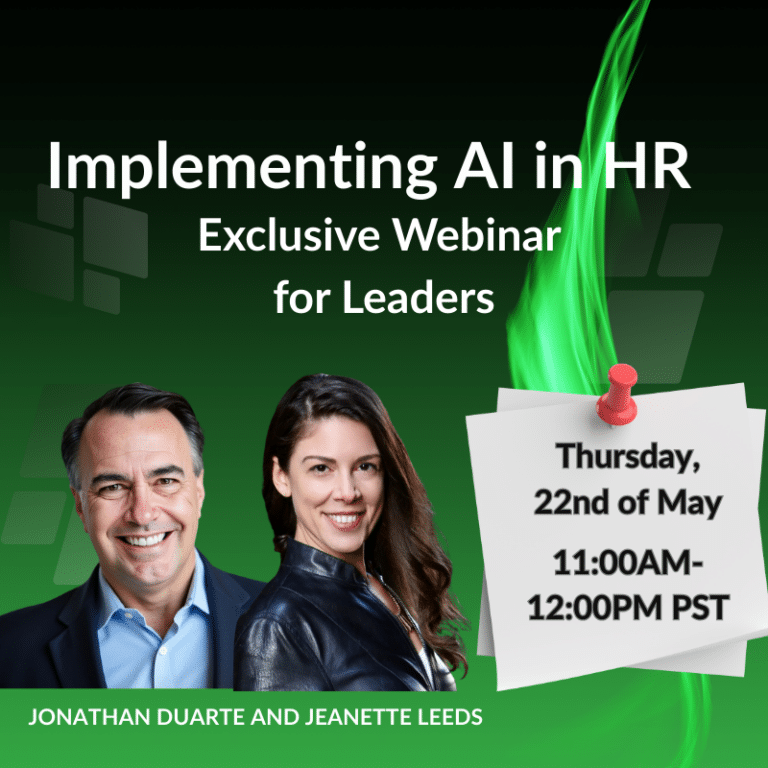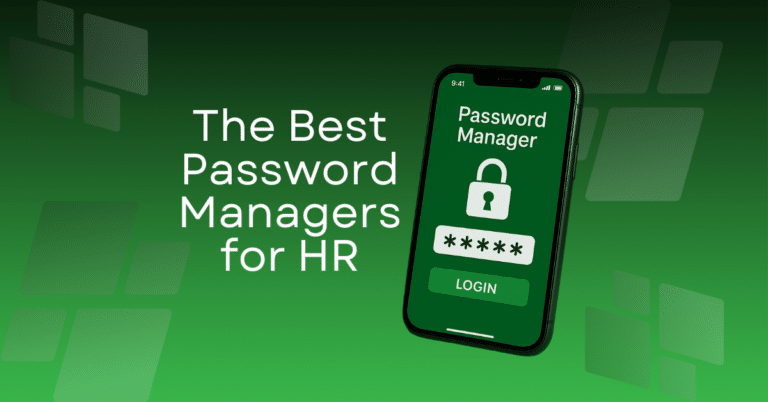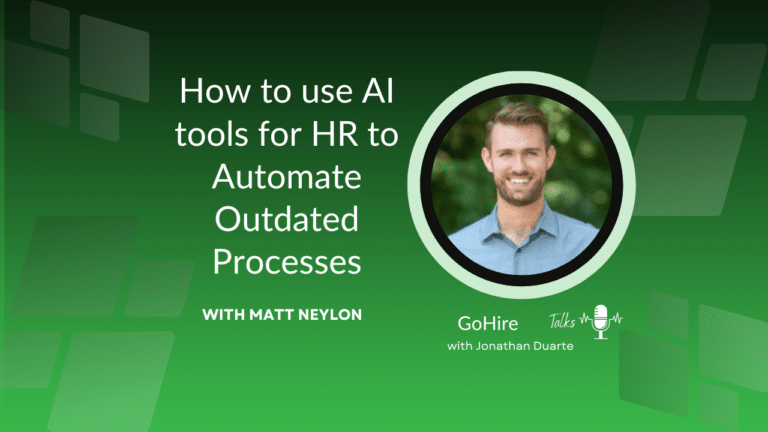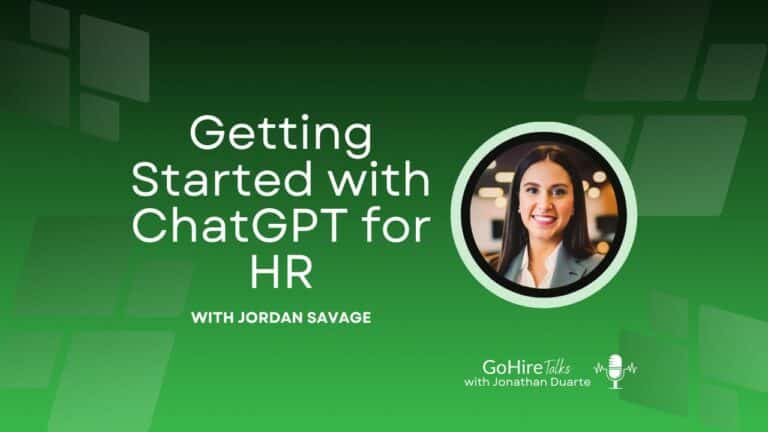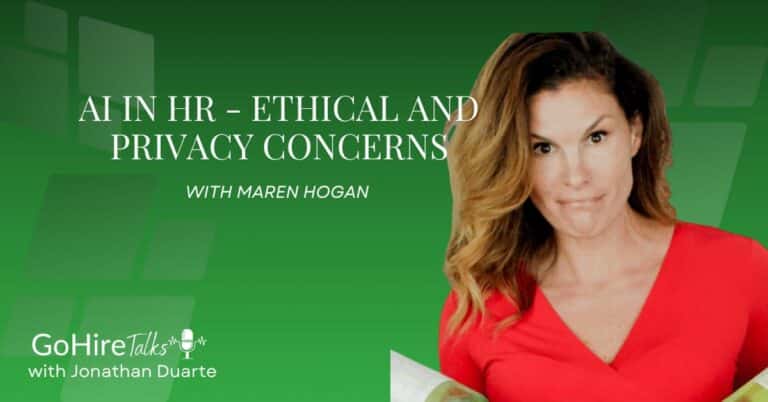Text Recruiting is the fastest way to engage and schedule candidates within manufacturing, [...]
Articles
In this GoHire Talks episode, we dive into using AI in recruiting with Patrick [...]
Don’t Get Burned with Recruiting AI Vendors with Jeff PoleIn this episode of [...]
In high volume recruiting, it's not just about filling positions rapidly, but to [...]
The AI Hype is here!
But, what’s real? What’s hype? What should you [...]
In 2025, HR teams must prioritize cybersecurity more than ever, making it critical to choose the [...]
In this episode of GoHire Talks, I sat down with Matt Neylon, HR leader at The Mount Vernon [...]
Getting Started with ChatGPT in HR doesn’t have to be intimidating—and in this episode of [...]
AI in HR is rapidly transforming the talent acquisition landscape, but how safe is your data in [...]

